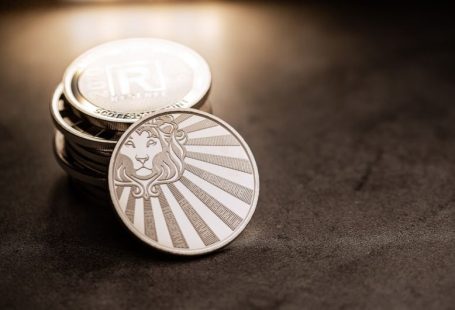Eating healthily doesn’t have to break the bank. With a bit of planning and strategic shopping, it’s possible to maintain a balanced diet without spending a fortune. One of the key ways to achieve this is by creating affordable grocery shopping lists that prioritize nutritious and budget-friendly foods. By focusing on whole, unprocessed ingredients and making smart choices, you can enjoy delicious and healthy meals while staying within your budget.
Building a Foundation with Staples
Start by stocking up on essential staples that form the foundation of a healthy diet. These versatile ingredients can be used in a variety of dishes and provide the necessary nutrients your body needs. Items like whole grains, such as brown rice, quinoa, and oats, are not only affordable but also rich in fiber and essential vitamins. Legumes like beans, lentils, and chickpeas are excellent sources of plant-based protein and can be incorporated into soups, salads, and stews.
Fresh Produce for Nutrient Boost
Incorporating a variety of fresh fruits and vegetables into your grocery list is essential for a well-rounded diet. Opt for seasonal produce, as it tends to be more affordable and flavorful. Items like leafy greens, tomatoes, cucumbers, and carrots are great choices that can be enjoyed raw or cooked. Frozen fruits and vegetables are also budget-friendly alternatives that retain their nutritional value and can be used in smoothies, stir-fries, and casseroles.
Protein Sources on a Budget
Protein is an essential component of a healthy diet, but it doesn’t have to be expensive. Look for economical sources of protein such as eggs, canned tuna, tofu, and Greek yogurt. These options are versatile and can be used in a variety of dishes, from breakfast to dinner. Chicken thighs, pork loin, and ground turkey are also cost-effective choices that can be bought in bulk and frozen for later use.
Healthy Fats for Flavor and Satiety
Incorporating healthy fats into your diet is important for overall health and satiety. Opt for options like olive oil, avocados, nuts, and seeds, which provide essential fatty acids and can add flavor and texture to your meals. These ingredients can be used in cooking, baking, or as toppings for salads and yogurt. Buying these items in bulk can help save money in the long run and ensure you always have them on hand.
Smart Snacking Options
Snacking can often derail a healthy eating plan, but with the right choices, it can be a beneficial part of your diet. Stock up on snacks like air-popped popcorn, rice cakes, nut butter, and fresh fruit for quick and nutritious options. Avoid processed snacks and sugary treats, as they can be expensive and lack nutritional value. Planning ahead and portioning out snacks can help you avoid mindless eating and stay on track with your budget and health goals.
Meal Planning for Success
One of the best ways to stick to an affordable grocery shopping list is to plan your meals in advance. Take some time each week to map out your breakfast, lunch, dinner, and snacks, based on the ingredients you already have and what you need to buy. This can help reduce food waste, save time and money, and ensure you have nutritious meals ready to go. Get creative with your recipes and try new combinations of ingredients to keep things interesting and enjoyable.
Conclusion: Budget-Friendly and Healthy Eating Made Easy
Eating healthily on a budget is entirely achievable with a bit of planning and smart shopping. By focusing on nutrient-dense foods, stocking up on staples, and incorporating fresh produce and protein sources, you can create affordable grocery lists that support your health and well-being. Remember to prioritize whole, unprocessed ingredients, plan your meals in advance, and get creative with your cooking to make the most of your budget and enjoy delicious, nutritious meals every day. With these tips in mind, you can make healthy eating a sustainable and enjoyable part of your lifestyle.





